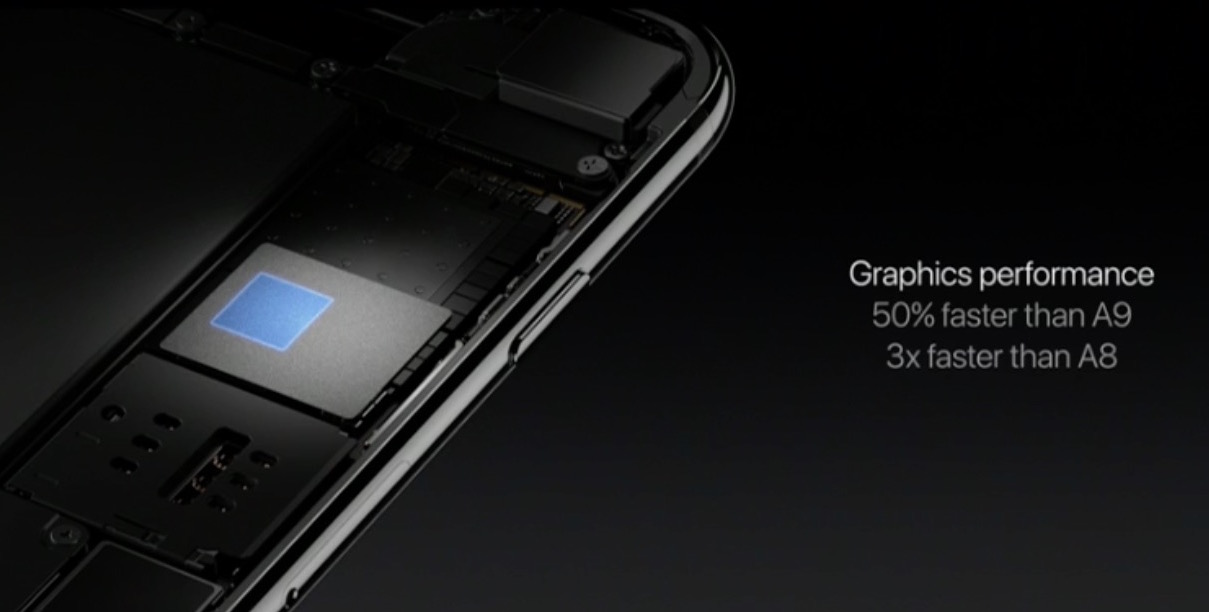Could Apple be working on next-generation Mac hardware that would be powered by an in-house designed processor based on CPU blueprints from British fabless semiconductor maker ARM Holdings plc? That’s exactly the conclusion one could reach by looking closely at code strings in the macOS Sierra kernel, discovered by Dutch outlet TechTastic.nl.
It’s very peculiar that Apple would add support for ARM technology to macOS Sierra.
As you know, all Macs manufactured since 2005 run Intel chips. The Apple appears to be implementing support for ARM chips in the Mac operating system could mean that first ARM-based Macs might appear this year.
As TechTastic.nl states, developers no longer submit fully compiled binaries.
Instead, intermediary bit code is submitted which Apple uses to compile the binary code for the specific CPU architecture. Should Apple release an ARM-based Mac, developers wouldn’t need to re-submit their existing code nor would they need to add any ARM-specific code in order for their apps to run natively on ARM-based hardware.
“It is probably also one of the reasons why legacy applications have recently been removed from the App Store,” speculates the publication.
The macOS Sierra kernel indicates support for the ARM Hurricane family.
Now, ARM’s existing blueprints make no mention of the Hurricane CPU so this is most likely Apple’s internal code-name for a custom ARM-based CPU architecture.
Starting with the A7 chip in the iPhone 5s, Apple stopped implementing ARM’s off-the-shelf CPU parts in favor of 64-bit CPU cores which are compatible with the ARM instruction set but are designed in-house from scratch.
With the A7 onward, Apple started naming these custom-built CPUs. The A7 microarchitecture was code-named “Cyclone”, the A8’s CPU is called “Typhoon” and the A9 uses “Twister” CPU.
The A10 Fusion is Apple’s first ARM-compatible mobile chip that uses four CPU cores, two for high-performance task and two highly energy-efficient cores for tasks that don’t require the full power.
The idea of an ARM-powered Mac dates back to 2012, when Bloomberg reported that Apple was exploring ways to replace Intel processors in Macs with a desktop version of in-house designed A-series chips that power iPhones and iPads.
“Apple engineers have grown confident that the chip designs used for its mobile devices will one day be powerful enough to run its desktops and laptops,” said Bloomberg.
And in 2014, former head of the Macintosh division Jean-Louis Gassée hinted that the first ARM-based Macs could appear in 2017.
“Apple’s drive to own all layers of the stack continues unabated years after Steve’s passing,” he wrote. “As a recent example, Apple created its own Swift programming language that complements its Xcode IDE and Clang/LLVM compiler infrastructure.”
All iOS device processors use CPUs based on ARM’s power-sipping technology.
Gassée explained:
If we follow this line of reasoning, the advantages of ARM-based processors vs. x86 devices become even more compelling: lower cost, better power dissipation, natural integration with the rest of the machine. For years, Intel has argued that its superior semiconductor design and manufacturing technology would eventually overcome the complexity downsides of the x86 architecture.
But that “eventually” is getting a bit stale. Other than a few showcase design wins that have never amounted to much in the real world, x86 devices continue to lose to ARM-derived SoC (System On a Chip) designs.
Therefore, an ARM-based Mac notebook would theoretically have a much longer battery life than any existing MacBook with an Intel chip.
With its own custom-designed Mac processor Apple would no longer be dependent on Intel’s slowing roadmap. More importantly, it would be able to refresh Macs once per year because any future A-series processors for computers would likely be on the same annual release cycle as the iPhone and iPad chips.
Does that make any sense to you guys?
Source: TechTastic.nl (Google Translate)


